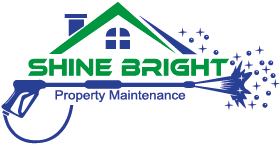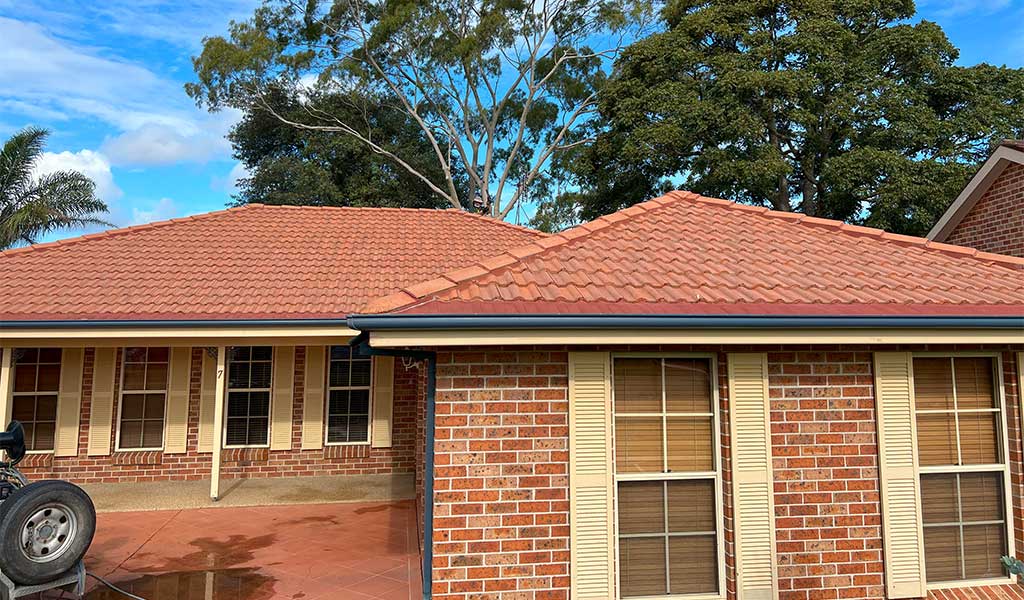No, you shouldn’t! However, We clean tiled roofs all the time with great success. We get asked about it a lot. In fact, roof cleaning is the 2nd most popular Google search that leads people to our website. But can all tiled roofs be cleaned? Can any tiled roofs be cleaned? Let’s dive into what you should know about cleaning and maintaining the asset that protects and keeps the rain off your bed.
Let’s get this out of the way upfront. The golden rule of tiled roof cleaning is: if you are not planning on painting your roof immediately afterwards – do not pressure clean your tiled roof. Pressure cleaning your tiled roof is a bad idea if you aren’t planning on restoring your roof afterwards. Why is this? Pressure cleaning a tiled roof is very likely going to lead to damage. Especially if your roof is twenty years old or more, I can almost guarantee you’re going to cause more damage than you want. The pressure cleaning process can crack tiles, blow out the concrete pointing holding the ridge capping together, and strip away the top layer of the tile that is acting as a protective barrier against the elements. With terracotta tiles (the shiny tiles), the glazing on top can be chipped away. And with concrete tiles, the granules wear away, so by pressure cleaning them you’re literally going to be stripping away layers of the tiles. You can see the sludge-water afterwards and there’s plenty of concrete in the water.
Additionally, if your roof doesn’t have sarking, which is the protective layer of waterproofing underneath the roof tiles (see below photo for what sarking looks like), there’s a good chance that water is going to come in your roof when high pressure water is being blasted at thousands of PSI.
How do you find out if your roof has sarking?
Stick your head into the manhole of your house and look upwards. If you can see your roof tiles, then you don’t have sarking. However, if you can see a layer of what appears to be something like thick aluminium foil under the roof tiles, that’s sarking. All new houses have sarking. We find that with older houses, typically made before 2000 or earlier, sarking wasn’t mandatory back then. It appears to be mandatory nowadays.
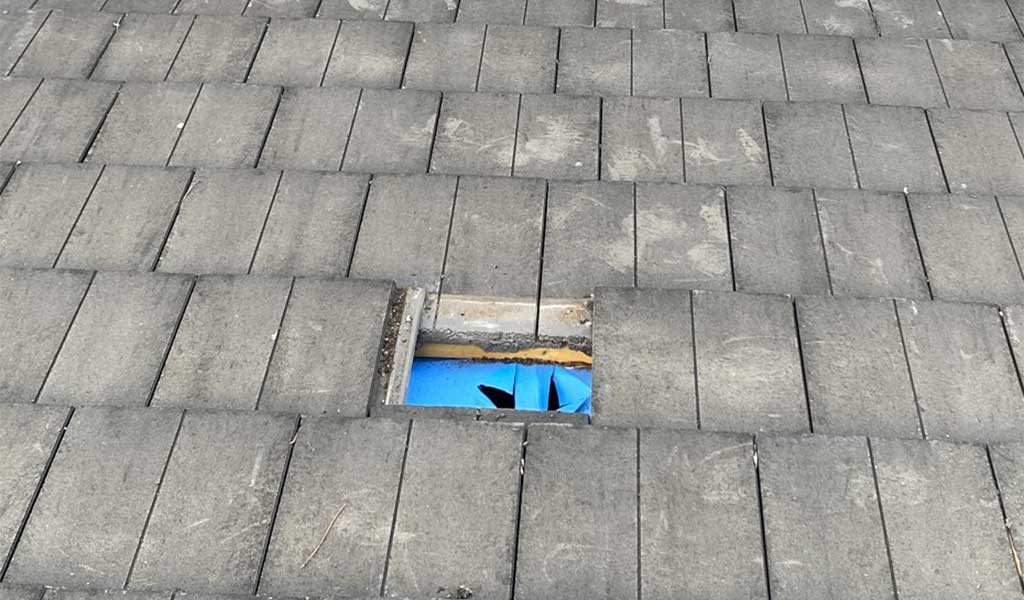
So, why do we say the caveat about “if you’re planning on restoring your roof afterwards”? Well, we know a wonderful gentleman who restores tile roofs. And his process is as follows. He pressure cleans the roof, but then straight after, he redoes all the pointing and repairs/replaces any cracked tiles. So, any damage that might be made during the pressure cleaning process is repaired naturally as part of the restoration process. So, since he’s restoring the roof anyways, it doesn’t matter if any damage is made to the roof as part of the cleaning process – it’s all getting fixed up anyways! But if you aren’t going to be restoring your roof, then there’s no one after us to do repairs. It’s definitely not recommended!
So, if your roof doesn’t need repainting/restoring, if it just needs to be cleaned, and you can’t pressure clean it, then what are you supposed to do? Enter soft washing.
Roof Soft-Washing
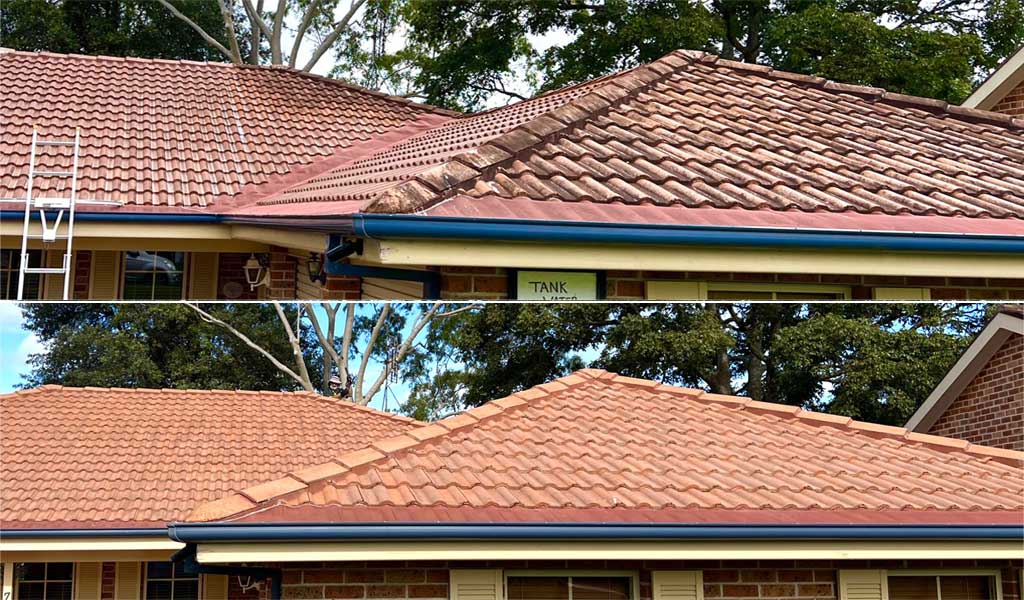
Soft washing is the preferred and only way of roof cleaning that Shine Bright recommends. Wholeheartedly, please don’t clean your tile roof any other way. It’s not worth the risk.
So, what is roof soft washing? Roof soft washing involves spraying a chemical cleaning solution onto the roof. That chemical does the cleaning work instead of high pressure blasting off the debris. You can even soft wash with garden hose pressure! The results look just as good as a pressure clean, but with absolutely none of the down sides.
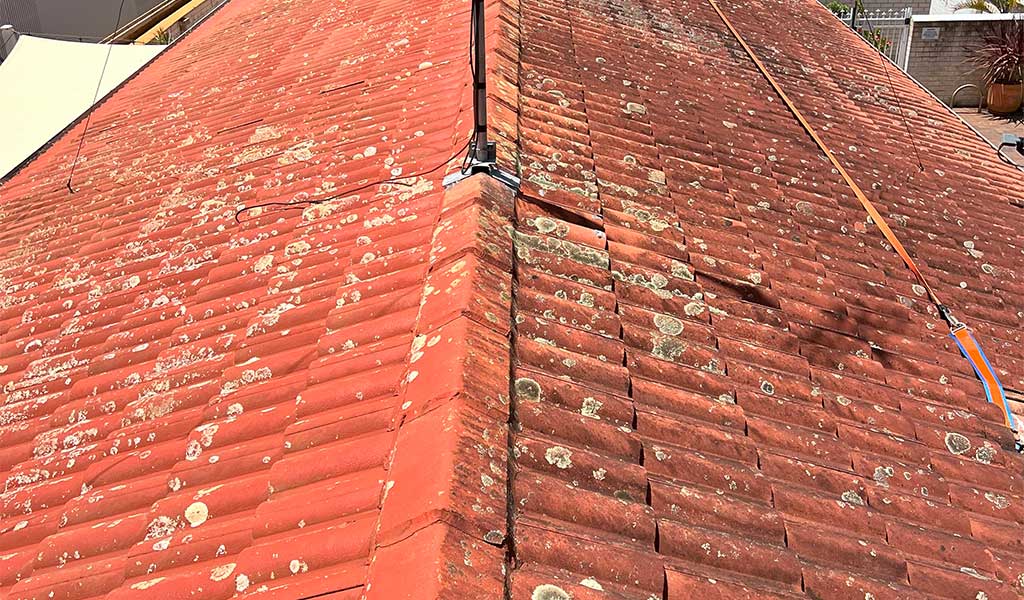
Is there a catch?
What we’ve anecdotally found is that cleaning a tiled roof costs about a third of what it costs to restore a roof – which makes sense considering how much work is involved. The downside of soft washing is that it isn’t an appropriate preparation method for painting tiles. The tiles look great after a clean, but for the paint to stick, the tiles need to be thoroughly prepared via a pressure clean.
Hence, you have a choice. Do you get your roof soft washed, or do you save up what would be 1/3rd of the cost to fully restore the roof and just get that done? The answer will be discussed in an upcoming article! Otherwise, give us a call and we’ll be happy to discuss your options with you.
Additionally, you’ve got two styles of chemical to use to soft wash your roof. One is an aggressive strong solution and the other is gentler. Which option should you pick? Stay tuned for our next article to find out!
Need specialised cleaning advice on the Central Coast and surrounding areas? Give us a call on 0431 114 827 or fill out our contact form. We service the entire Central Coast including Wamberal, Saratoga, Pearl Beach, and Blue Bay.
Written by Micah Conway, owner and founder of Shine Bright Property Maintenance. Shine Bright has been operating on the Central Coast since March 2021 and has since become the highest rated exterior cleaning business on the Central Coast. When not cleaning roofs, Micah enjoys running with his cavoodle Percy on the beach and playing board games with his friends.
